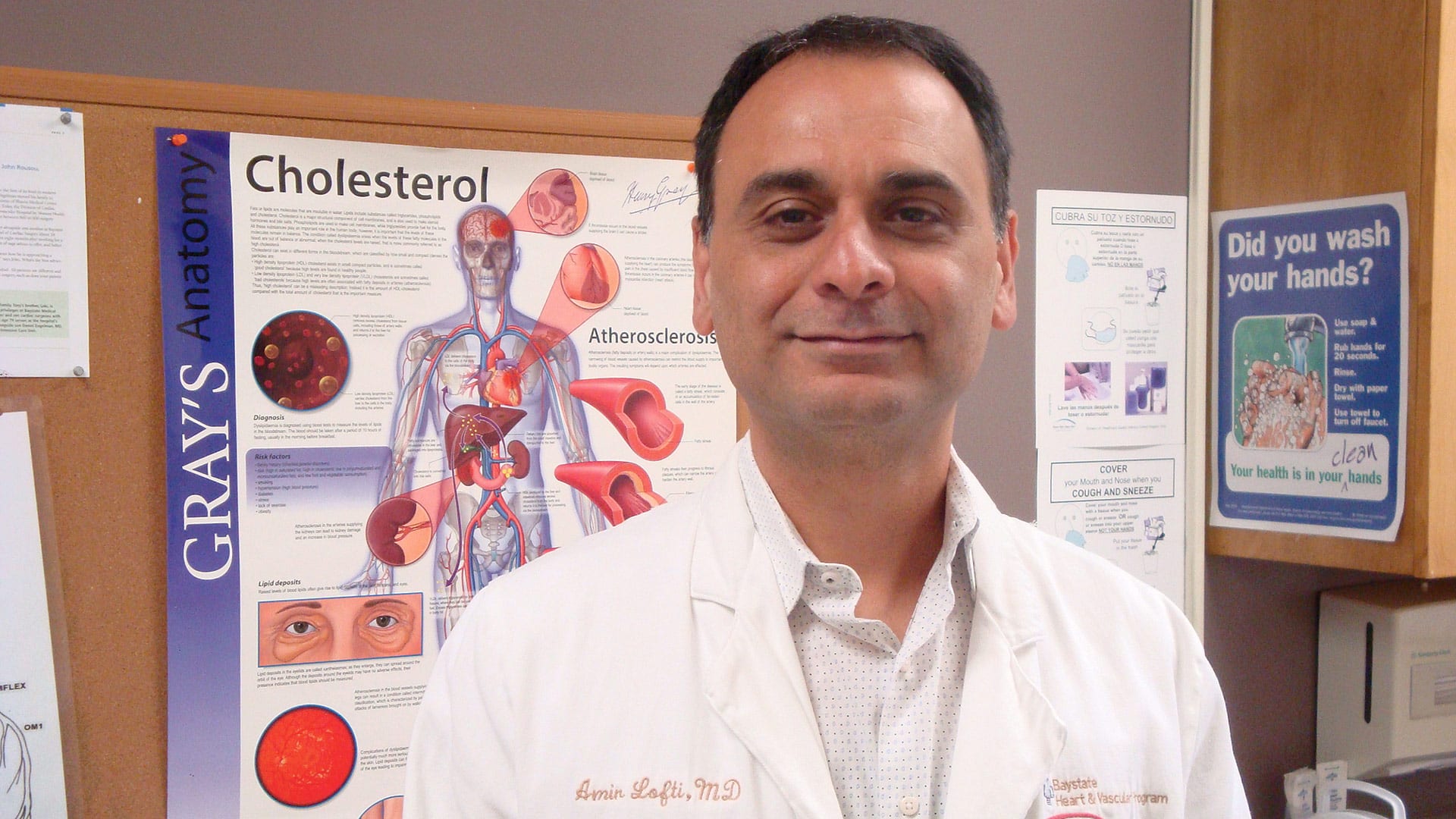Monthly Awareness
Get Tested
AIDS Awareness Month Shines a Light on a Persistent Problem
AIDS Awareness Month is a key opportunity to raise awareness, commemorate those who have passed on, and celebrate victories such as increased access to treatment and prevention services.
More than 1 million Americans are living with HIV, but one in five of them are not aware they are infected. While the total number of people with HIV in the U.S. has increased recently, the annual number of new infections has remained relatively stable.
World AIDS Day is important because it reminds us that HIV has not gone away — every 9.5 minutes, someone in the U.S. is infected. There is still a vital need to raise money, increase awareness, fight prejudice, and improve education. It also serves as a prime opportunity to remind people of how important it is to get tested and to know your results.
HIV is a virus spread through certain body fluids that attacks the body’s immune system, specifically the CD4 cells, often called T cells. These special cells help the immune system fight off infections. Untreated, HIV reduces the number of T cells in the body. This damage to the immune system makes it harder and harder for the body to fight off infections and some other diseases. Opportunistic infections or cancers take advantage of a very weak immune system and signal that the person has AIDS, the last stage of HIV infection.
No effective cure currently exists, but with proper medical care, HIV can be controlled. The medicine used to treat HIV is called antiretroviral therapy or ART. If people with HIV take ART as prescribed, their viral load (the amount of HIV in their blood) can become undetectable. If it stays undetectable, they can live long, healthy lives and have effectively no risk of transmitting HIV to an HIV-negative partner through sex. Before the introduction of ART in the mid-1990s, people with HIV could progress to AIDS in just a few years. Today, someone diagnosed with HIV and treated before the disease is far advanced can live nearly as long as someone who does not have HIV.
The only way to know for sure whether you have HIV is to get tested. Knowing your status is important because it helps you make healthy decisions to prevent getting or transmitting HIV.
Some people, but not all, may experience a flu-like illness within two to four weeks after infection. These symptoms can last anywhere from a few days to several weeks. During this time, HIV infection may not show up on an HIV test, but people who have it are highly infectious and can spread the infection to others.
If you have these symptoms, that doesn’t mean you have HIV. Each of these symptoms can be caused by other illnesses. But if you have these symptoms after a potential exposure to HIV, see a health care provider and tell them about your risk. The only way to determine whether you have HIV is to be tested for HIV infection.
After you get tested, it’s important to find out the result of your test so you can talk to your healthcare provider about treatment options if you’re HIV-positive or learn ways to prevent getting HIV if you’re HIV-negative.
Beyond the Winter Blues
December Is Seasonal Affective Disorder Awareness Month
Seasonal affective disorder (SAD) is a type of depression that comes and goes with the seasons. It usually starts in the late fall and early winter and goes away during the spring and summer. Some people do have episodes of depression that start in the spring or summer, but that is much less common.
Symptoms of SAD may include sadness; a gloomy outlook; feeling hopeless, worthless, and irritable; loss of interest or pleasure in activities you used to enjoy; low energy; difficulty sleeping or oversleeping; carbohydrate cravings and weight gain; and thoughts of death or suicide.
The causes of SAD are unknown, but research has found some biological clues. People with SAD may have trouble regulating seratonin, one of the key neurotransmitters involved in mood. One study found that people with SAD have 5% more serotonin transporter protein in winter months than summer months. Higher serotonin transporter protein leaves less serotonin available at the synapse because the function of the transporter is to recycle neurotransmitter back into the pre-synaptic neuron.
In addition, people with SAD may overproduce the hormone melatonin. Darkness increases production of melatonin, which regulates sleep. As winter days become shorter, melatonin production increases, leaving people with SAD feeling sleepier and more lethargic, often with delayed circadian rhythms.
People with SAD also may produce less vitamin D, which is believed to play a role in serotonin activity. Vitamin D insufficiency may be associated with clinically significant depression symptoms.
Attributes that may increase the risk of SAD include:
• Being female. SAD is diagnosed four times more often in women than men.
• Living far from the equator. SAD is more frequent in people who live far north or south of the equator. For example, 1% of those who live in Florida and 9% of those who live in New England or Alaska suffer from the condition.
• Family history. People with a family history of other types of depression are more likely to develop SAD than people who do not have a family history of depression.
• Having depression or bipolar disorder. The symptoms of depression may worsen with the seasons if an individual has one of these conditions (but SAD is diagnosed only if seasonal depressions are the most common).
• Younger age. Younger adults have a higher risk of SAD than older adults. SAD has been reported even in children and teens.
The main treatment for SAD is light therapy. The idea behind light therapy is to replace the sunshine missed during the fall and winter months. The individual sits in front of a light-therapy box every morning to get daily exposure to bright, artificial light.
However, some people with SAD do not respond to light therapy alone. Antidepressant medicines and talk therapy can reduce SAD symptoms, either alone or combined with light therapy.



